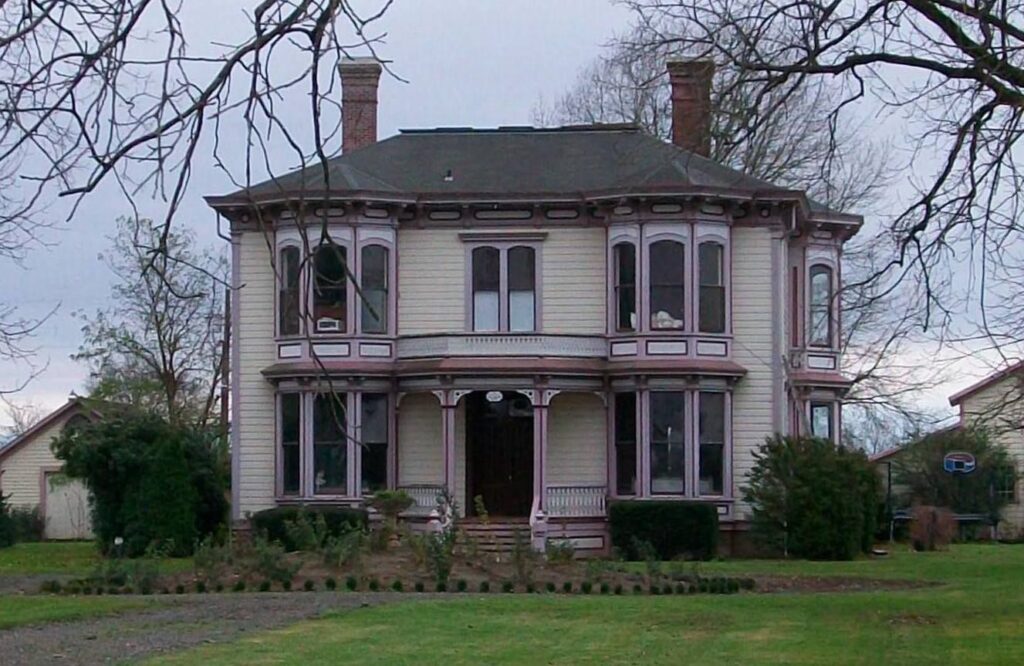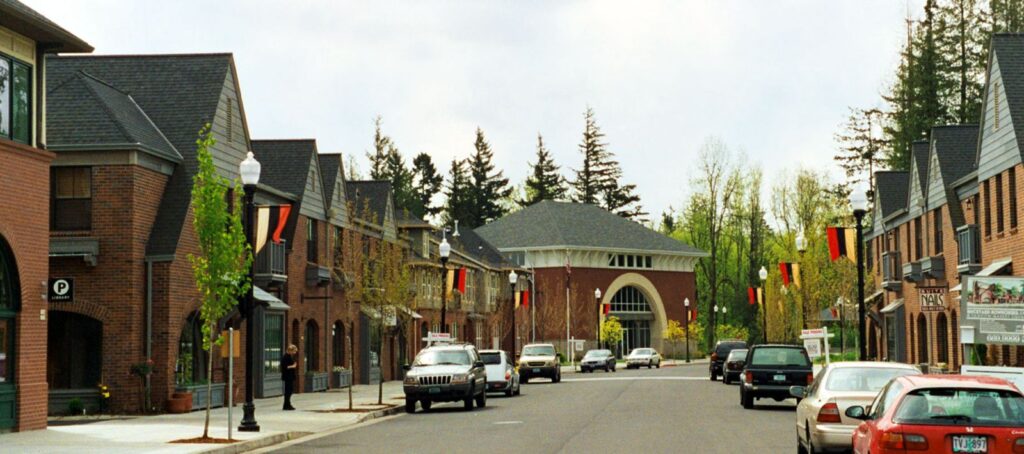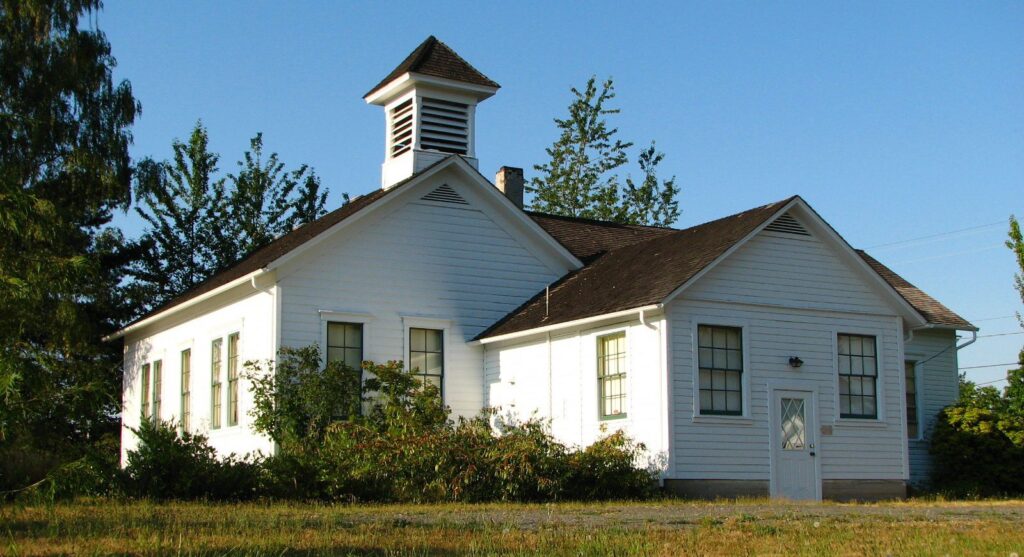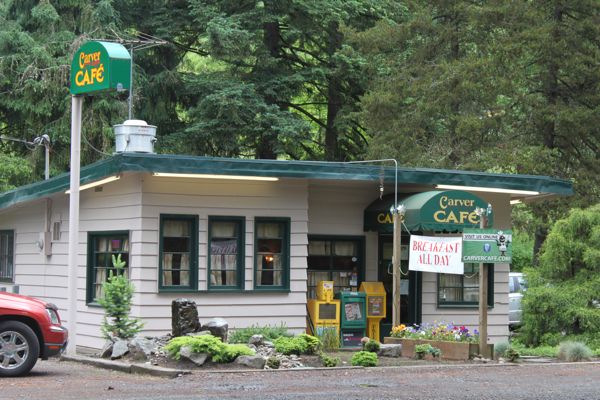Metro Chimney
(503) 954-0726
METRO CHIMNEY is your premier Portland, Oregon chimney cleaning and repair company. Our chimney sweep services include standard fireplace cleaning, free standing wood stoves cleaning (Unfortunately, we do not clean wood stove inserts unless they have a connected liner running up the chimney), and zero clearance fireplace cleaning (pre-fabricated fireplaces commonly found in apartments and condominiums and newer homes). We also perform chimney repair services such as chimney rebuilds or tuck-pointing for degrading chimney mortar joints.
Have a leaking chimney? We sell stainless steel chimney caps (rain and wind caps), as well as repair chimney flashing or install new chimney flashing. Damper broken? We install top closing dampers.
Have a leaking chimney? We sell stainless steel chimney caps (rain and wind caps), as well as repair chimney flashing or install new chimney flashing. Damper broken? We install top closing dampers.
We also fix degrading chimney crowns and flue tiles, as well as chimney moss removal and chimney waterproofing. See our stellar reviews on Yelp and Facebook and and call us to get a free quote on what a chimney sweep costs.
Our chimney cleaning and repair service area includes: Portland, Beaverton, Hillsboro, Aloha, Cornelius, Lake Oswego, West Linn, Tigard, Tualatin, Oregon City, Wilsonville, Canby, Aurora, Happy Valley, Boring, Damascus, Troutville, Sherwood, Newberg, Fairview, West Union, Hubbard, Hazeldale, North Plains, Milwaukie, and Gresham. We will service some areas outside of the cities listed. (Please call to inquire)
Our chimney cleaning and repair service area includes: Portland, Beaverton, Hillsboro, Aloha, Cornelius, Lake Oswego, West Linn, Tigard, Tualatin, Oregon City, Wilsonville, Canby, Aurora, Happy Valley, Boring, Damascus, Troutville, Sherwood, Newberg, Fairview, West Union, Hubbard, Hazeldale, North Plains, Milwaukie, and Gresham. We will service some areas outside of the cities listed. (Please call to inquire)
Chimney Cleaning Services
METRO CHIMNEY is your premier Portland chimney cleaning and repair company.

Fireplace
Metro Chimney specializes in Standard Fireplace cleaning. During the cleaning, we will care of the interior of your house by laying down runner blankets from the doorway of entry.

Wood Stove-Free Standing/Insert
Metro Chimney can take care of all of your wood stove cleaning and maintenance needs. Please specify whether free standing or inserted with or without a liner.
Zero Clearance
Zero Clearance Fireplaces are factory built units made from sheet metal or cast iron. They are also known as prefabricated fireplaces because they come ready to install the unit.
Apartment/Condo
Metro Chimney offers volume discounts on chimney cleaning for multi-unit dwellings. call us to come out and give you a bid for the chimney units in your complex.
Most Popular Cities/Towns
Our service area includes Chimney Sweep































Testimonials
Our customer awesome review.
Google Reviews
Trustindex verifies that the original source of the review is Google. Metro Chimney (Clayton) was very easy to get ahold of and schedule. He provided all the information I need to use my chimney safely and efficiently as well as did a wonderful job inspecting/cleaning it. The garbage bag is soot vacuumed out from the smoke shelf which he crawled into the fireplace to take care of. Even fixed my wobbly mantle. What he quoted me and what he charged me never changed, and it was incredibly reasonable.Trustindex verifies that the original source of the review is Google. Clayton provided excellent service at a reasonable cost. He was able to remove far more dirt and soot than the previous companies we had hired, as you can see in the photos. He was pleasant and diligent in his work...highly recommended!Trustindex verifies that the original source of the review is Google. Cleaned top to bottom, very thorough!Trustindex verifies that the original source of the review is Google. On time, efficient, cleans up after (not much mess which was a pleasant surprise!) and answered all questions. We've used him twice now, no complaints!Trustindex verifies that the original source of the review is Google. Clayton did some important work on the fireplace at the time we purchased this house five years ago, and was very helpful when we moved in. Since then we've had him inspect and maintain it annually. He is readily available, reliable, friendly and incredibly helpful. We rely on him to allow us to enjoy this fine feature as well as to help us understand specifics of the maintenance. We are very grateful to be able to rely on Metro Chimney.Trustindex verifies that the original source of the review is Google. Clayton really knows his business and is the most thorough sweep I've ever had. He provided photos of problem areas and explained verbally and in writing on steps to take to resolve and prevent further, possibly dangerous issues. We will call him every year.Trustindex verifies that the original source of the review is Google. Clayton did an excellent job considering how old my chimney is. He was prompt, and very clean as to not get debris in my very light carpet. Not knowing much about chimneys having lived in Hawaii for a good portion of my life, I feel that he is very knowledgeable and trustworthy.Trustindex verifies that the original source of the review is Google. Clayton has cleaned my chimney and done my yearly inspections needed for insurance for the last couple years. He's always done a fantastic job. He's very thorough, knows his stuff, and always ensures he leaves the house and area around the chimney cleaner than he found it! He's responsive in scheduling, always on time, and I can always count on him to be there when he says he will be - and he's reasonably priced for the thoroughness of his cleaning! I would absolutely recommend Clayton and Metro Chimney for any chimney cleaning/inspection needs!Trustindex verifies that the original source of the review is Google. Metro Chimney is the BEST!!! We called for an estimate and Clayton came out the next day. He checked out what needed to be done then gave us the list and what it would cost (way better than other estimates). We agreed on the dates he would be out and he was always on time. He cleaned up everything after each time he was out - we required enough work that it took him several work days. Everything looks great! The actual price was the same as the estimate - no over or extra charges. Clayton was efficient and easy to work with. If you need your chimney cleaned, upgraded or fixed, he is the guy to contact.Trustindex verifies that the original source of the review is Google. Clayton was great to work with. He got me on his schedule at a really convenient time, and kept let me know ahead of time that he was still running on schedule and would be there on time. He arrived right on time and got to work quickly. My chimney would not come apart where it was supposed to, so he had to change plans and clean it from the inside, which went great. When he was done, he cleaned up everything and left my wood burning stove looking like new!